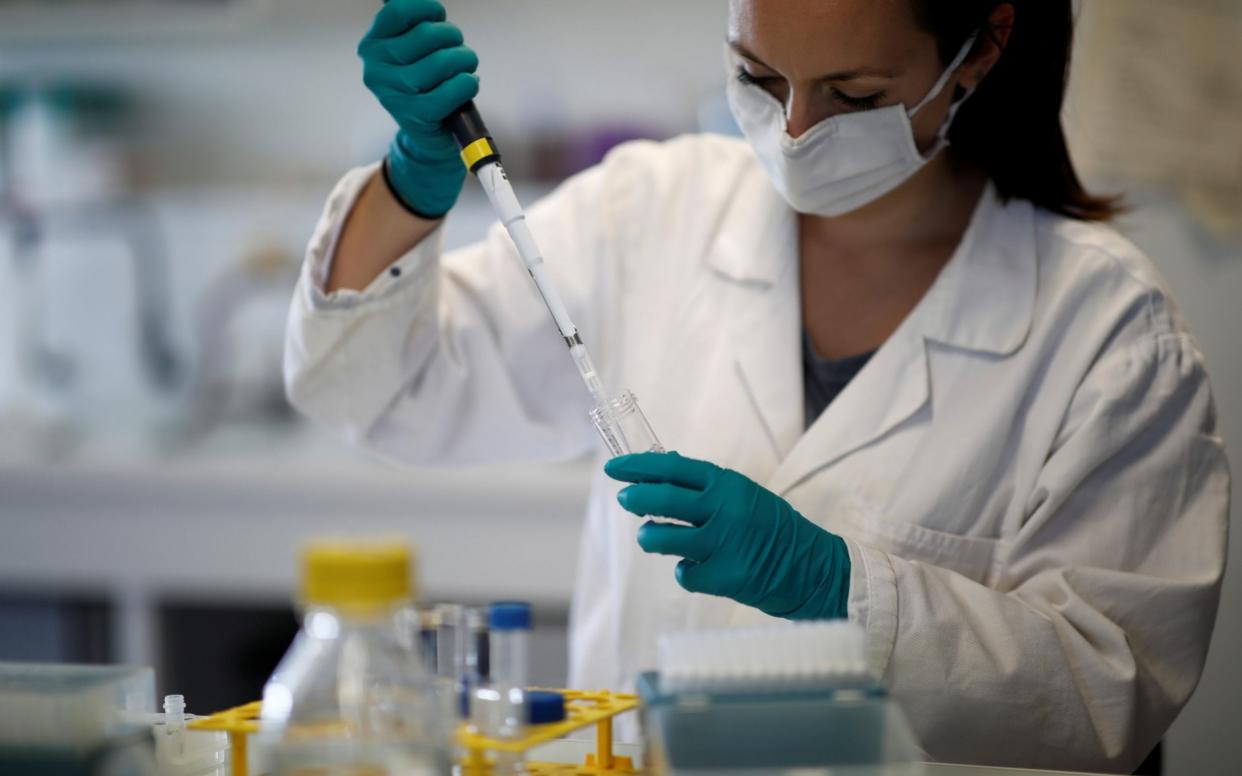Sewage analysis to be used as early warning system for local coronavirus spikes


Monitoring sewage to detect Covid-19 outbreaks is effective, the Government has revealed as it plans to expand the programme across the country.
Scientists have been trialing the method since June, and have found that they can see spikes early on in areas which have low testing.
The programme to analyse sewage for traces of coronavirus will now be used to provide an early warning for local outbreaks. It can also give a clearer picture of asymptomatic spread, and show a surge before people develop symptoms.
Officials from the Department for Environment, Food and Rural Affairs (Defra) said the method is successfully detecting fragments of genetic material from the virus in waste water.
Data from this testing, which has been rolled out to more than 90 waste water treatment sites across the UK, is being shared with the Joint Biosecurity Centre as part of NHS Test and Trace.
The fragments of the coronavirus are passed out from people's bodies when they go to the lavatory. The detection of the material, which is not infectious, can indicate when a local community is having a spike in cases.
Officials said the results of testing can give local health teams a clearer idea of infection rates by identifying where there are high numbers, particularly of asymptomatic carriers and people before they start showing symptoms.
Defra said the project had already worked successfully in an area of the south west of England, where sewage sampling showed a spike in coronavirus material despite relatively few people getting tested. The information was passed on to NHS Test and Trace and the local council who were able to alert local health professionals to the increased risk and contact people in the area to warn of the rise in cases.
There are currently 44 sites in England where sampling is being done, covering 22 per cent of the population, with plans to roll it out further.
There are also 24 sites in Wales and 28 in Scotland where sampling is being done, with the projects being led by the devolved administrations and the UK Government coordinating the findings.
Environment Secretary George Eustice said: "This is a significant step forward in giving us a clearer idea of infection rates both nationally and locally, particularly in areas where there may be large numbers of people who aren't showing any symptoms and therefore aren't seeking tests.
"NHS Test and Trace is able to use the science to ensure local health leads are alerted and can take action."
Health Secretary Matt Hancock said: "This initiative is just one example of how we are working across government and with local partners to find innovative, new ways to track the outbreak, slow the spread of the virus and save lives.
"Monitoring and sampling wastewater offers another tool to help us identify outbreaks early on - helping NHS Test and Trace and local authorities target hotspots quickly and effectively."
Scientists from top UK research institutes are now also investigating whether analysis of wastewater can be used to estimate the number of COVID-19 cases in a population.
Separate work carried out by the National Institute for Biological Standards and Control (NIBSC) also identified coronavirus material in London sewage in February before cases were recorded in the area.
High levels of virus material were detected in March and April, followed by a considerable decrease in May and June, reflecting how the national lockdown curbed virus transmission.
Other viruses, including Norovirus and Hepatitis, are monitored year-round in sewage by scientists, so they can detect any change in spread of the diseases in the population.

